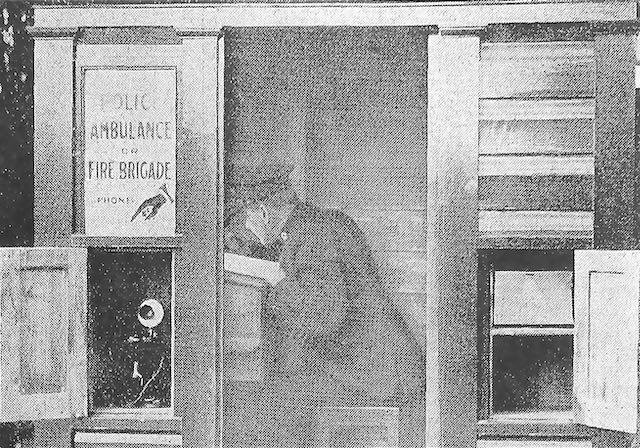We have become used to thinking of the printing works which launched Fleetville as having been possible through the purchase of the field known in the 19th century as Long Six Acre from its owners, St Albans Grammar School. While this was undoubtedly true our misconception is that the firm of T E Smith for the printing works occupied the whole of that field. It did not; not quite. The western end of Long Six Acre extended to the boundary which today separates Fleetville Junior School at the back of the site from Morrison's car park. The first formal occupation of this field remainder was the opening of a timber yard for the family firm of W H Laver soon after 1926. The family choose to pronounce their name with a hard 'a'.
 |
| The red box of the Laver's site superimposed on current layout of the car park between the school and Morrison's. This is the additional land purchased by Safeway. COURTESY GOOGLE EARTH |
You will recall Benskin's purchased a similar block directly opposite and spent the best part of twenty years struggling to win over residents and the Justices for permission to open a public house in Fleetville. Benskin's succeeded in the end, though it would be further along the road at Sutton Road. Trust Houses were happy not to duplicate the battle, and eventually pulled out shortly before the Rats' Castle opened, selling its vacant plot to Laver's in 1926.
However, before Laver's arrived an extensive allotment garden, on both the remains of Long Six Acre, and on the next field to the west, Poor Six Acre. This is labelled on the first map above. There was an urgent need for land to augment farms, smallholdings and gardens during the First World War, and the Grammar School appeared to co-operate in releasing its land for this purpose, although the editor has not been successful in establishing how many plots were let, the yields which were possible, nor the quality of the soil. The subsoil at the nearby cemetery is heavy clay, so tenants might have struggled. The recreation ground narrowly escaped allotment fate, probably because of the quantity of available land on the south side of the main road.
 |
| Founder of the company William H Laver. |
 |
| The timber yard site in the 1960s. COURTESY ST ALBANS MUSEUMS |
 |
| Newspaper advertising for the company in the 1930s |
One further rider to the story of 238 Hatfield Road is a reference to the site in the Valuation Office record. While it recognises the owner as Trust Houses, as stated above, also mentioned is the occupier of the land: Hertfordshire County Police. The police had opened an operational station in Tess Road (Woodstock Road South) in c1906, and the Valuation Office Survey was not established until 1910, in which its interest in the Trust House land was noted. The ground may have been for parking of vehicles or for training officers, but there is no evidence of there having been a building on the site. All we can do is to note the occupation from 1910 with interest!
Finally, what do we know about Trust Houses and why might the company have acquired a new site in Fleetville? Trust Houses was, in 1903, a new entity. A number of influential families had become concerned about the diminishing standards of some of the country's well known but old established public houses and hotels, especially since the closure of turnpike roads, along which they had flourished. TH began acquiring an interest in and upgrading their reputation, structure and service offering, some of the earliest being in Hertfordshire. Part of the business model was to purchase new sites in order to expand the number of new premises; hence the Fleetville land. In this case it was a question of licensing and in the end TH went elsewhere.
 |
| An early advertisement by Trust Houses Limited. COURTESY GRACE'S GUIDE |

















